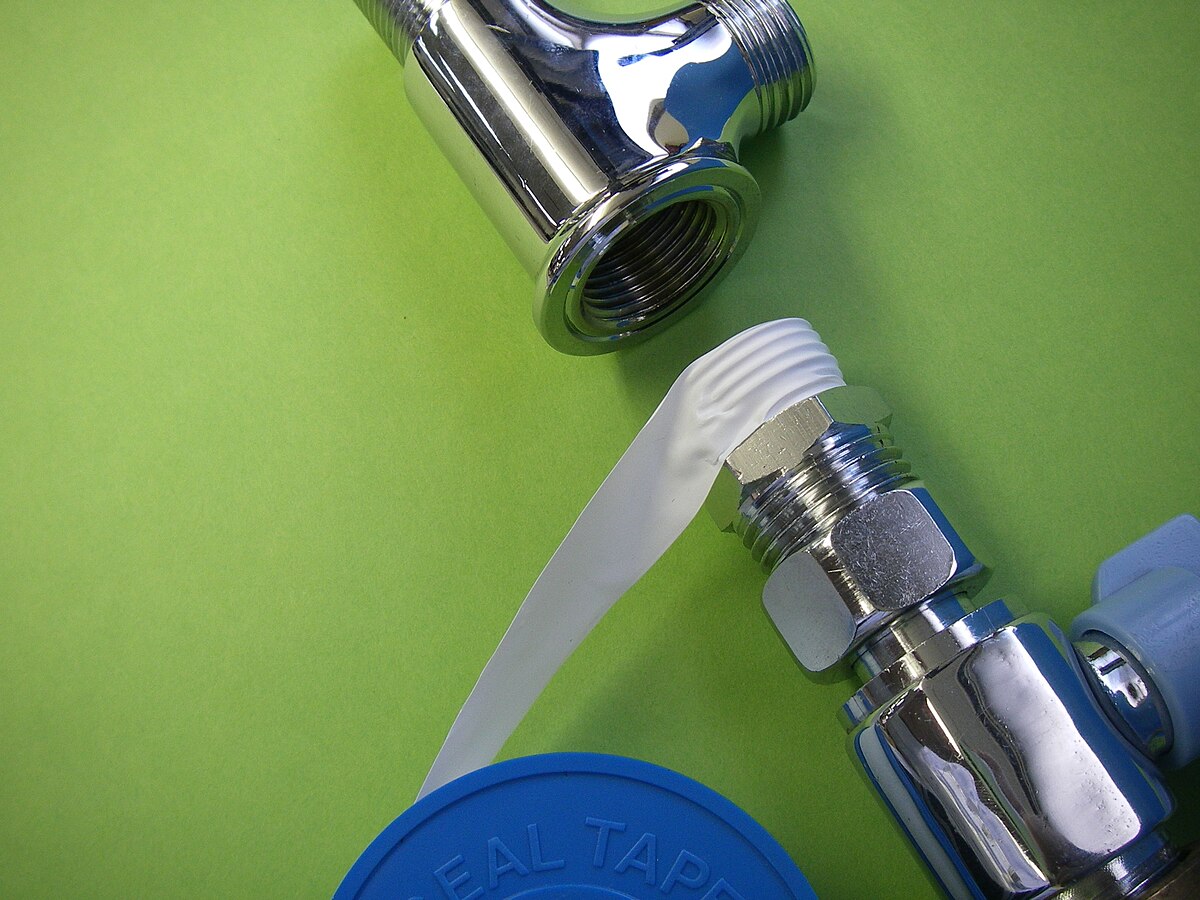JRH02
Gold Member
- Joined
- Oct 3, 2020
- Messages
- 434
- Location
- PNW, canyons and forest.
- Tractor
- Kub B7100 manual; JD410J, Woodmizer LT50HD
Cleanliness has been mentioned through the replies. But unless you are building with new parts for both the male and email NPT threads your not going to have the privilege of fully clean threads. Of course the female is the worst of the two (don't read into that more than intended, wink). I'd have zero problems with teflon tape if done correctly. Seriously, one wrap plus a bit for overlap is sufficient. And CLEAN and dry with no oil slick, including your hands. More is not better with teflon tape or ANY sealant for that matter. The male threads should be sharp with no knicks. There's not much to be said for the female. What are you gonna do anyway? Run a NPT tap (by hand) into the hole on a control valve? Or any other connection. I've never had a problem with hydraulic connections of any type: NPT, compression or double flared. Clean, dry, proper fitup. And you NEVER use anything except for a touch of 'never seez' on compression type fitting and that is threads only.
NPT threads are 100% threads by design. There isn't supposed to be anything less than 100% thread. That's why they can seal without sealant. But of course you want them to maybe come apart some time later if needed. So use whatever with cleanliness and as little as possible for a non-hardening sealant. If the joint doesn't leak immediately it shouldn't ever afterward.
YMMV
NPT threads are 100% threads by design. There isn't supposed to be anything less than 100% thread. That's why they can seal without sealant. But of course you want them to maybe come apart some time later if needed. So use whatever with cleanliness and as little as possible for a non-hardening sealant. If the joint doesn't leak immediately it shouldn't ever afterward.
YMMV



